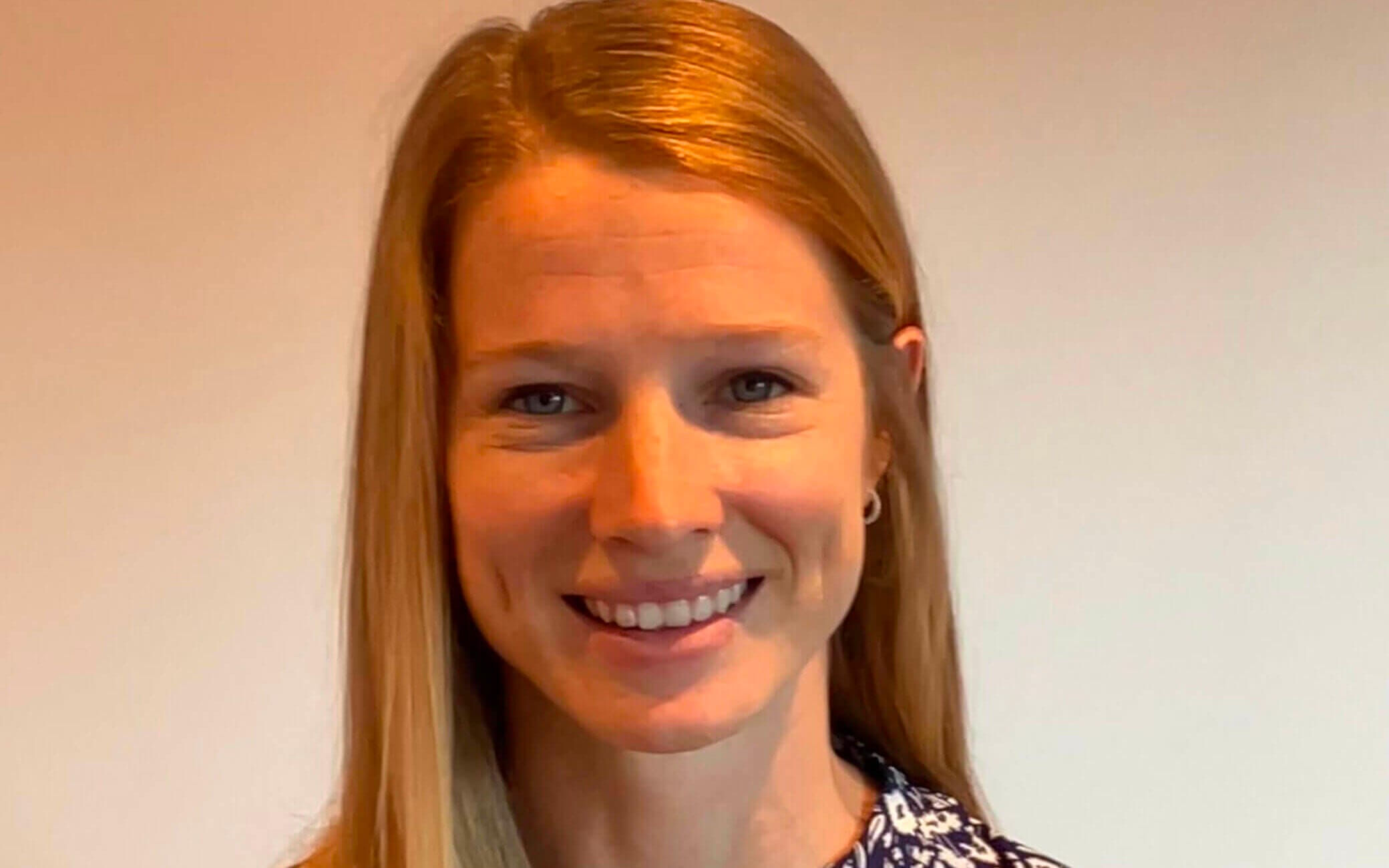
Dr Caitlin Fermoyle is a research fellow at the University of Sydney Medical School. Caitlin is supervised by Prof Tamera Corte and was the recent recipient of a CREATE Travel Grant.
Please tell us what your 2024 CREATE Hope Fellowship meant for your career:
The CREATE Hope Fellowship in Pulmonary Fibrosis made it possible for me to focus on CRE-PF aims full time and continue to learn from and collaborate with the broader CRE-PF investigator team, fellows, and affiliates. This fellowship support has been vital for me during this early career stage, providing a longer runway to develop as a researcher and secure independent funding required to sustain a research career in pulmonary fibrosis.
Tell us about your recent CREATE Travel Grant and what you gained from your experiences overseas:
I’m grateful for travel support from the Centre of Research Excellence Advanced Training Environment (CREATE) which enabled me to present my research at the European Respiratory Society meeting in Vienna last September. In advance of ERS, I also had the chance to observe an ILD clinic at the Royal Brompton Hospital in London with Dr. Felix Chua. Thanks to the CREATE program for the opportunity to meet and learn from ILD experts in the UK and Europe.
Tell us a bit about yourself and how you became interested in pulmonary fibrosis research:
I’m fascinated by the coordinated function of the heart and lungs to continuously uptake and transfer oxygen in the body, even during physiologic stresses such as exercise. My PhD and post doc research in the US explored different aspects of oxygen transport in aging, chronic heart and lung diseases, and endurance athletes. Now working in interstitial lung disease research here in Australia, I’m interested in understanding how pulmonary fibrosis develops and could be prevented or at least detected earlier.
How would you explain your pulmonary fibrosis research to someone unfamiliar with the field?
A challenge in ILD is being able to determine at a very early stage which individuals have progressive disease and would benefit from available treatments, and which have stable disease and do not need medication (and accompanying side effects). My research uses medical imaging to quantify subtle changes that indicate future disease progression.
What would you like to work on in the future, if funding were not an issue?
I would study strategies to improve oxygen transport in the setting of ILD, with an integrative physiology approach.
What advice would you offer ECRs just starting out in the field?
We live in a busy world, and I think it’s important to do fewer things but do them well.
